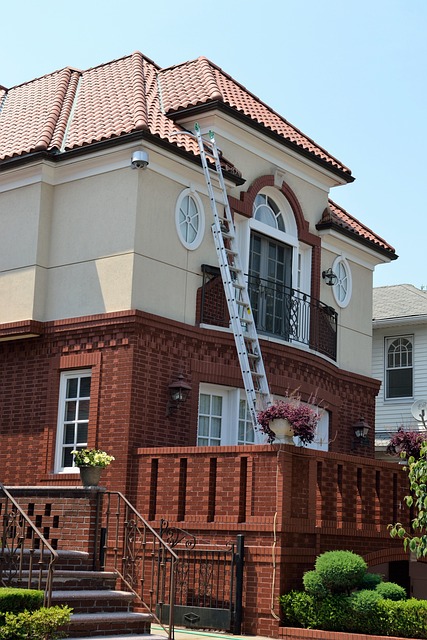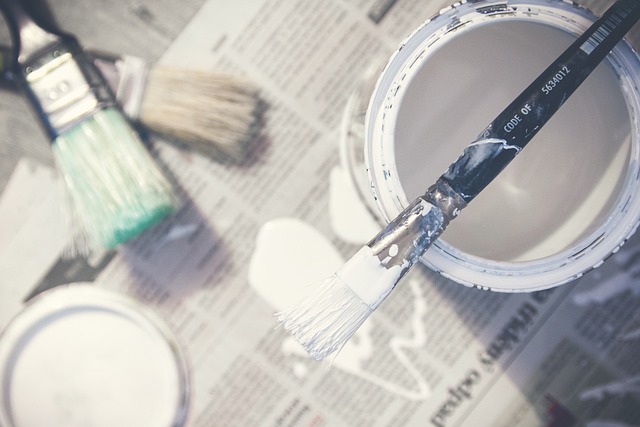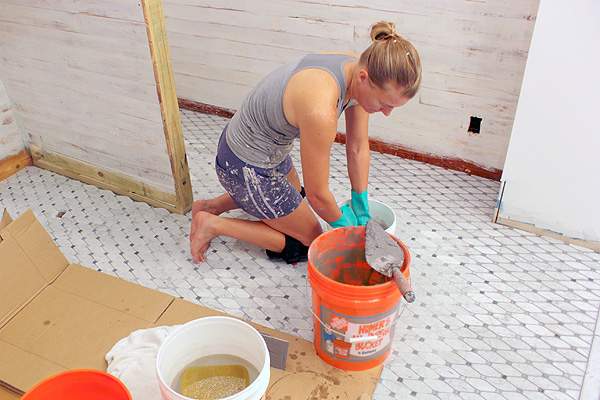
Are you tired of dealing with chilly winters and high heating bills? Look no further than this comprehensive guide on attic insulation.
With a technical and detailed approach, we will provide you with the necessary knowledge and steps to supercharge your home's warmth.
From assessing your attic space to choosing the right insulation type and preparing the area, this article is designed to empower homeowners who seek freedom from the cold.
Get ready to transform your living space into a cozy haven.
Assessing Your Attic Space
To begin the process of assessing your attic space for insulation, it is essential to conduct a thorough examination of its dimensions, structure, and existing insulation materials. Evaluating insulation needs is crucial to determine the appropriate type and amount of insulation required for optimal energy efficiency and comfort in your home.
Start by measuring the dimensions of your attic, including the length, width, and height. This will help you calculate the total square footage of the area that needs insulation. Additionally, inspect the attic's structure for any signs of damage, such as cracks, holes, or leaks, as these can affect the effectiveness of insulation.
Next, evaluate the existing insulation materials in your attic. Determine the type, condition, and R-value of the insulation. The R-value represents the material's resistance to heat transfer, with higher values indicating better insulation performance. If the existing insulation is inadequate or damaged, it may be necessary to remove or supplement it with additional insulation.

For a thorough assessment, consider hiring professional contractors who specialize in insulation installation. They can provide expertise and guidance, ensuring that your attic insulation meets all necessary requirements and codes. Their experience and knowledge can help you make informed decisions and achieve optimal energy efficiency in your home.
Setting a Budget
After assessing your attic space and determining the insulation needs, the next step in optimizing your home's warmth is setting a budget for the attic insulation project.
Before diving into the various insulation materials and techniques, it is crucial to compare insulation costs and estimate potential energy savings.
Different insulation options have different upfront costs and long-term benefits. Fiberglass insulation, for example, is often more affordable than spray foam insulation, but it may not provide the same level of energy efficiency.
It is important to weigh the initial investment against the potential savings on heating and cooling bills over time. Conducting a cost-benefit analysis will help you determine the most cost-effective insulation solution for your home while maximizing energy savings.
Choosing the Right Insulation Type
What factors should be considered when selecting the most suitable insulation type for your attic?
When choosing insulation for your attic, it is important to consider factors such as insulation efficiency and the installation process.

Insulation efficiency refers to the ability of the insulation material to prevent heat transfer, keeping your home warm in the winter and cool in the summer. Different insulation types have varying levels of efficiency, so it is crucial to select one that will provide optimal thermal resistance for your attic space.
Additionally, considering the installation process is essential. Some insulation types require professional installation, while others can be easily installed as a DIY project. Understanding the installation requirements will help you determine which insulation type is most suitable for your attic.
Purchasing the Necessary Materials
When purchasing the necessary materials for attic insulation, it is crucial to carefully consider the specific insulation type that was selected for its efficiency and installation requirements.
There are various shopping options available for homeowners looking to buy insulation materials. One option is to visit local home improvement stores, where a wide range of insulation products can be found. Another option is to explore online retailers that offer a convenient way to compare prices and read customer reviews.
It is important to choose materials that are compatible with the chosen insulation type and the installation process. For example, if the insulation requires stapling or nailing, it is essential to have the appropriate tools on hand. Additionally, it is advisable to purchase extra materials to account for any wastage or future repairs.
Preparing and Cleaning the Attic
To prepare and clean the attic, you should begin by removing any debris or clutter that may be present. This step is crucial for effective attic maintenance and preventing moisture-related issues. Start by wearing protective clothing, gloves, and a dust mask to ensure your safety.
Carefully inspect the attic for any signs of water damage, leaks, or mold growth. Address these issues before proceeding with the cleaning process.

Use a broom or vacuum cleaner to eliminate dust, cobwebs, and dirt from the attic surfaces, including the walls, floor, and ceiling. Pay special attention to the corners and hard-to-reach areas.
Additionally, consider using a dehumidifier to control moisture levels in the attic, preventing the growth of mold and mildew.
Regularly maintaining and cleaning the attic is essential for a healthy and well-insulated home.
Frequently Asked Questions
How Long Does Attic Insulation Typically Last Before Needing to Be Replaced?
Attic insulation typically lasts for about 20 to 30 years before needing to be replaced. Proper attic insulation maintenance is crucial to ensure its effectiveness. Signs of deteriorating insulation include increased energy bills and uneven temperature distribution in the home.
Can I Install Attic Insulation Myself, or Is It Better to Hire a Professional?
When considering attic insulation, homeowners have the option to either install it themselves or hire a professional. While DIY installation may seem cost-effective, professional installation ensures proper installation techniques and can provide long-term energy savings.
Are There Any Health Risks Associated With Attic Insulation Materials?
Health risks associated with attic insulation materials can vary depending on the type used. Fiberglass insulation, for instance, can cause skin and respiratory irritation if not installed properly. Additionally, some insulation materials may have environmental impacts due to their composition.
Will Adding Attic Insulation Help Reduce My Energy Bills?
Adding attic insulation can help reduce energy bills by improving the thermal efficiency of a home. It acts as a barrier, preventing heat loss in winter and heat gain in summer. The cost of attic insulation varies depending on the material used and the size of the attic.

Is Attic Insulation a Good Investment for Increasing the Resale Value of My Home?
Attic insulation can be a worthwhile investment for increasing the resale value of your home. Proper insulation improves energy efficiency, reduces utility costs, and enhances overall comfort, making your home more attractive to potential buyers.